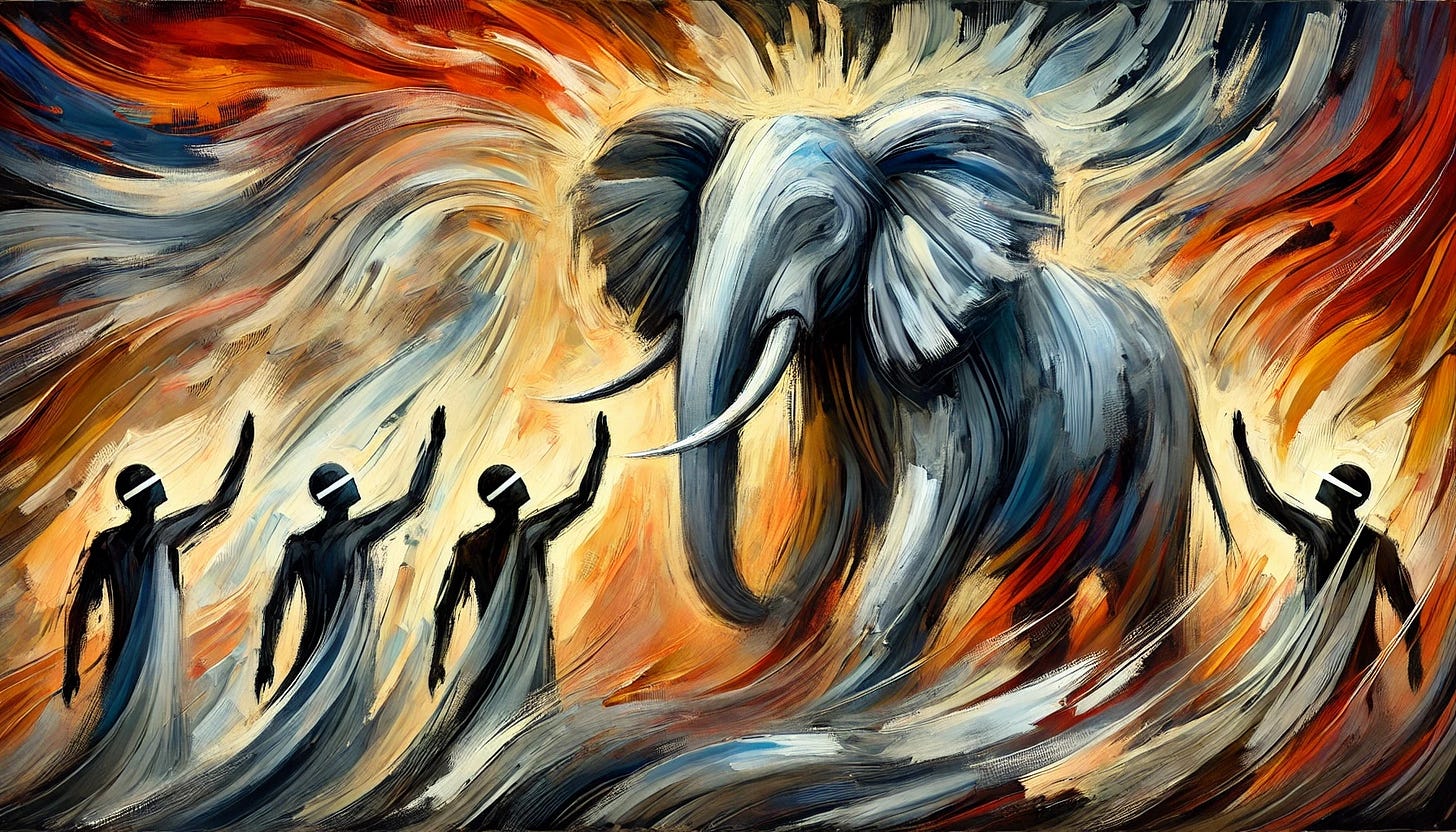The scandal of John 14:6 still divides the world today
2,000 years ago, Jesus made a controversial and uncompromising claim.
About 15 years ago, I had a private conversation with an associate priest at our Episcopal church in Minnesota. As we talked, I began to sense we weren’t on the same page when it came to the basics of the Christian faith.
So I asked her directly:
“Do you believe what Jesus says in John 14:6? ‘I am the way, and the truth, and the life. No one comes to the Father except through me.’”
That verse is a clear claim of exclusivity — Jesus is not a way, but the way.
It means that salvation comes only through repentance and faith in Christ. Every other path — whether through Muhammad, Buddha, or any other religious figure or philosophy — leads away from God, not toward Him.
Her answer stunned me: she did not believe John 14:6 was true.
I was baffled. How could a priest, committed to Christian teaching, reject one of its core claims?
Her reasoning was personal.
“My daughter’s mother-in-law is a devout Hindu,” she said. “She’s one of the kindest, most spiritual people I know. I just can’t imagine God wouldn’t accept her.”
On Sunday, David Libbon, our pastor at Good Shepherd Anglican Church in North Carolina, preached on John 14:6, which he called “scandalous to our secular sensibilities.”
“It’s scandalous — disgraceful, even — to think that in all the world’s religions, all of the billions and billions and billions of people alive on the Earth today and who have lived throughout history, that a sovereign deity would create just one way to know him. One narrow path to reveal himself to the masses.
“It’s scandalous and yet we have the voice of Jesus echoing through history. ‘I am the way. I am the truth. I am the light.’ Not ‘a way,’ not ‘a truth,’ not ‘a life,’ but ‘the.’”
Pastor David told a story about discussing faith with a neighbor he once had in South Carolina.
The neighbor said he believed that all religions lead to God — that you didn’t have to be a Christian. He supported his belief with the well-known parable about blind men and an elephant.
In the tale, which originated in India, several blind men each touch a different part of an elephant — one feels the trunk and says the elephant is like a snake; another feels the leg and says it’s like a tree; another feels the side and claims it’s like a wall, and so on.
Each man is convinced he understands what the elephant is, but none can grasp the full reality because their perspective is limited.
This parable is often used to illustrate the limitations of human understanding, especially in matters as vast and mysterious as God. It suggests that people may grasp parts of the truth about God, based on their experiences, traditions or reasoning, but no one can fully comprehend Him on their own.
The argument is that all of us will get to God one day. All streams lead to the ocean. All paths lead to the top of the mountain.
Pastor David said he answered his neighbor this way:
“I agreed with him that in some aspect we are blind and we are searching around for what is out there.
“But, I said, ‘what if the elephant spoke?’
“What if the elephant said, ‘I am an elephant, this is who I am'? I have legs and a tail and a trunk, but I’m an elephant.’”
From a Christian perspective, this elephant story highlights the necessity of divine revelation. While human insight is limited, Christians believe God has made Himself known through Scripture and, ultimately, through Jesus Christ — “the image of the invisible God” (Colossians 1:15).
So rather than groping in the dark, believers trust that God has chosen to reveal His character and purposes clearly.
Jesus is not a way to the father; Jesus is the way to the father.
This sermon was given by the Rev. David Libbon at Good Shepherd Anglican Church in Cornelius, North Carolina, on March 23, 2025.
You can view the sermon here, starting 22 minutes into the service.
The text for today was John 14:1-14.
Click here to read what I wrote about Jesus’ seven “I Am” statements, which Pastor David is preaching about during Lent.
Click here to read about the first “I Am” statement: “I am the Good Shepherd.”
Click here to read about the second one: I am the resurrection and the life.”






Good comments. It is hard to get it through to Christian folks much less non-believers in this modern age. Also, seminaries do a poor job of teaching classical orthodox Christian doctrines. David did a good job with it today🤗